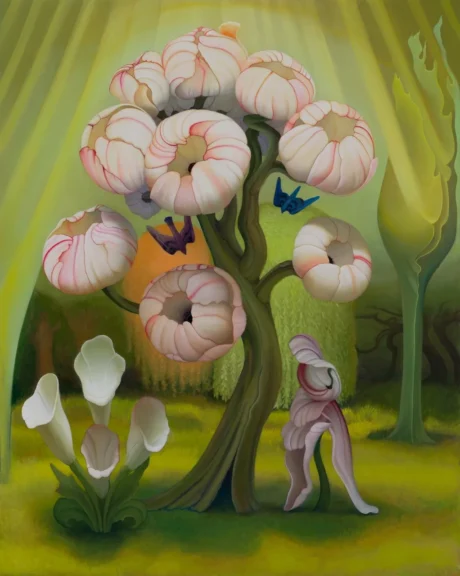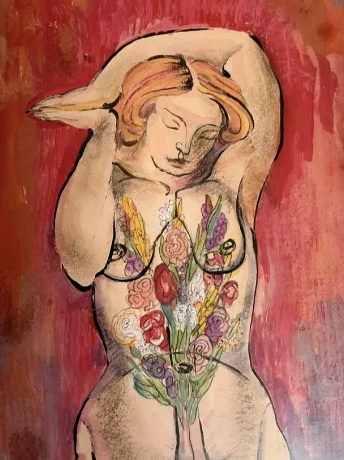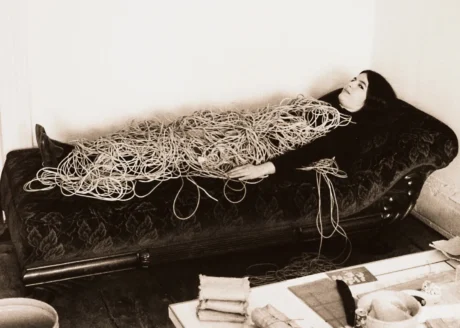Intrigued by the theme of the avant-garde, Elephant asked Pierre Alexandre Matéos and Charles Teyssou to curate a short history of the avant-garde in ten standout moments.
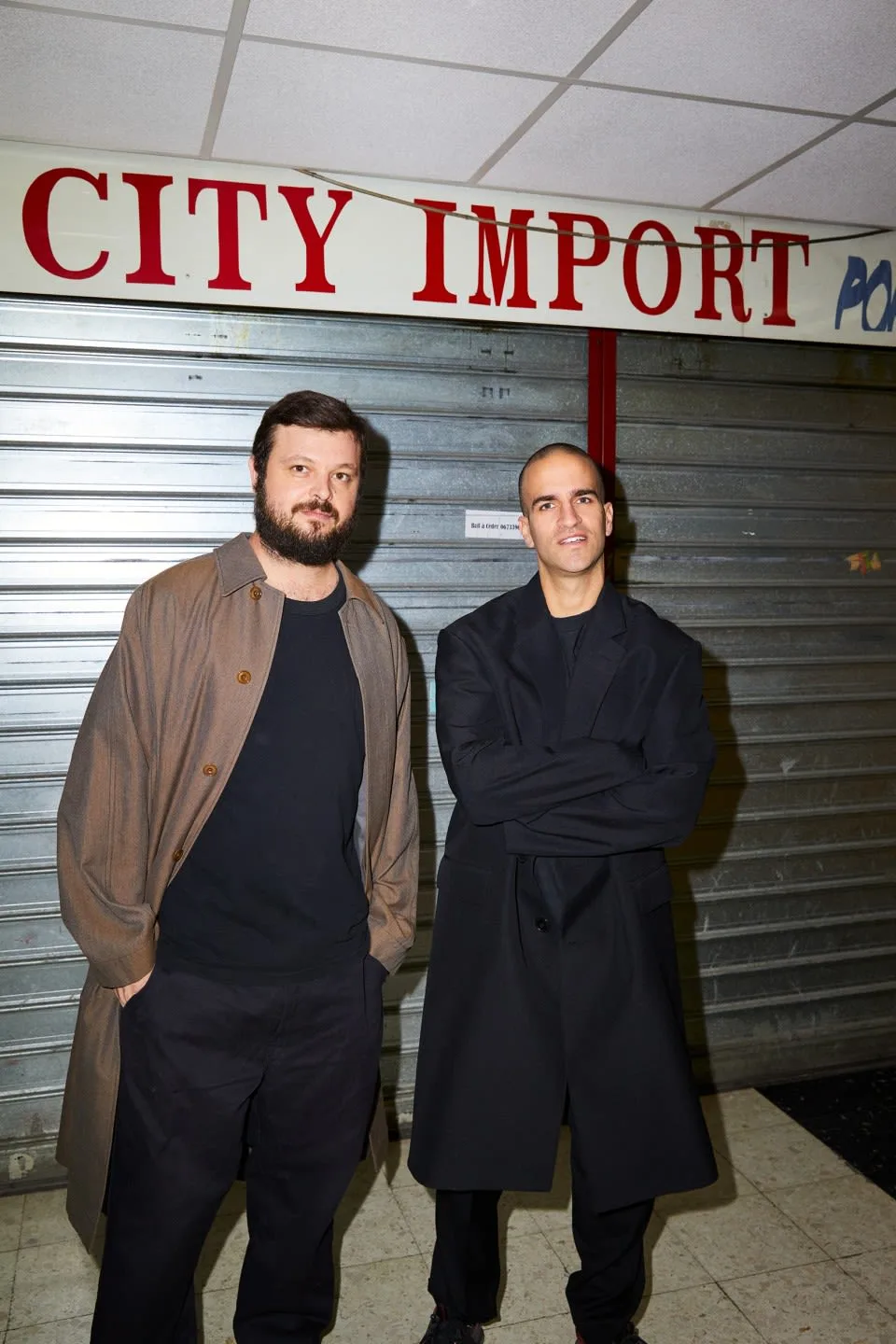
This year the Art Basel Conversation Series focuses on the subject of the avant-garde. Curated by the impressive Paris-based curators Pierre Alexandre Matéos and Charles Teyssou, the program promises to span everything from talks with important contemporary artists, such as Turkish-born French artist Nil Yalter, to the discussion of Paris as a beacon of the homosexual artistic avant-garde, from Natalie Clifford Barney’s lesbian ‘Temple of Friendship’ to the works of Claude Cahun, Christian Bérard, and Jean Cocteau. From queer culture to modernism to Spaghetti Westerns, Matéos and Teyssou have made sure to cover radical and socio-politically significant territory. As they expressed for Art Basel news, ‘Paris is reinventing itself, or at least trying to break away from its clichéd image.’
Intrigued by the theme of the avant-garde, Elephant asked Pierre Alexandre Matéos and Charles Teyssou to curate a short history of the avant-garde. The duo detailed ten standout moments in avant-garde history, giving you a taste of the magic yet to unfold at the fair.
1. Saint Paul’s Epiphanic Accident
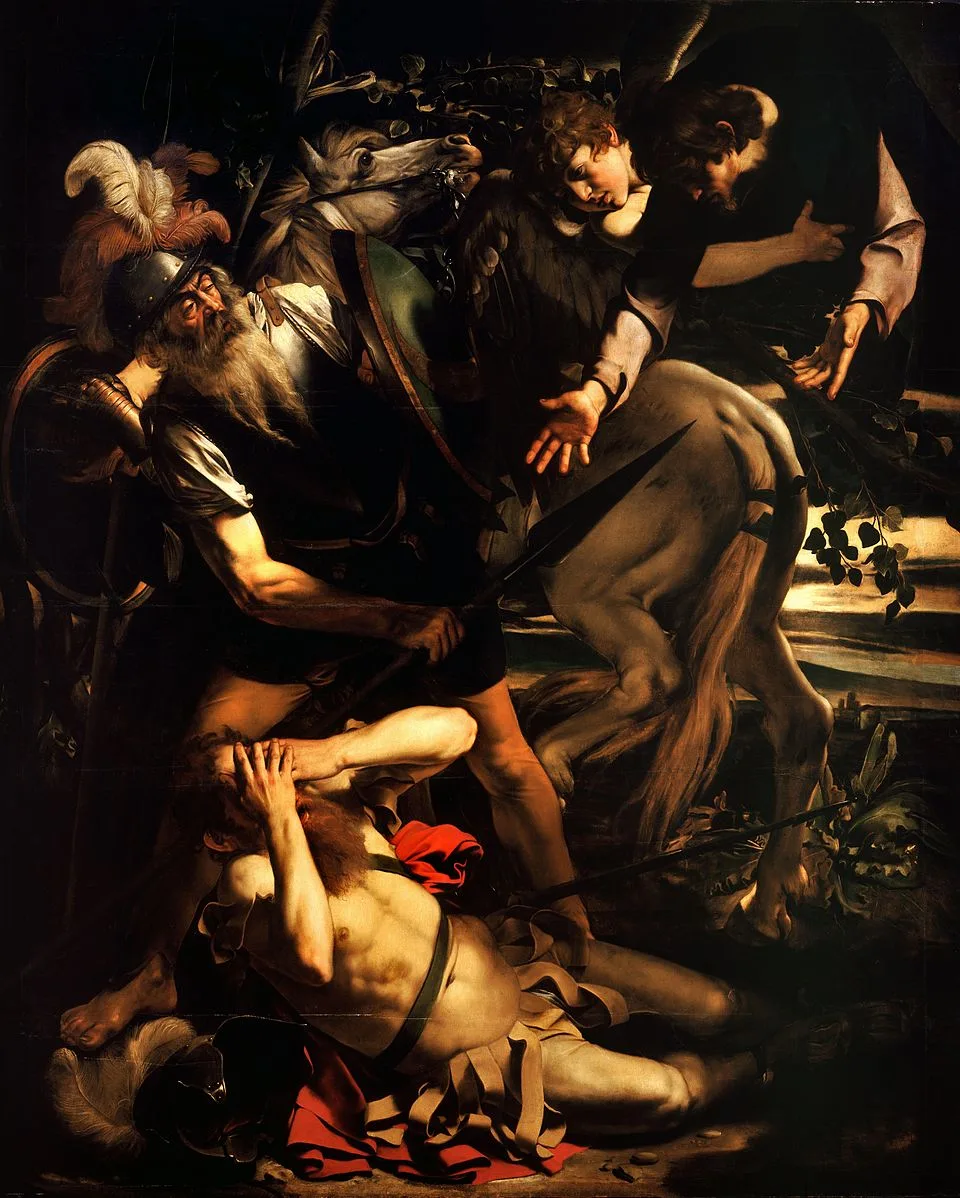
The conversion of Saint Paul falling from his horse on his way to Damascus as he had been struck by god’s light. He was the first Christian to prove that accidents are epiphanic in nature for better and worse. In the mid 20th century, artist Gustave Meztger will devote his life to that with the destruction in art symposium.
2. The Pantomime Cocktail de Marinetti 1926 Futurism, Gluttony and drinking

Cocktail was written by Marinetti, and performed in 1927 by the Théâtre de la Pantomime Futuriste in Paris. Based on the theme of alcohol and drunkenness, it was set in a fantastical bar where dancers played the roles of various liquors: curaçao, gin, cognac, rum, anisette, and vermouth martini. Cocktail is an elegant interpretation of a futurist dive bar, where people are chit-chatting around mundane alcoholism, gluttony, soda booming culture and humans in liquor costumes designed by Prampolini as the menu du jour.
3. Fernanda Wittgens‘ Picasso exhibition at Palazzo Reale in 1953
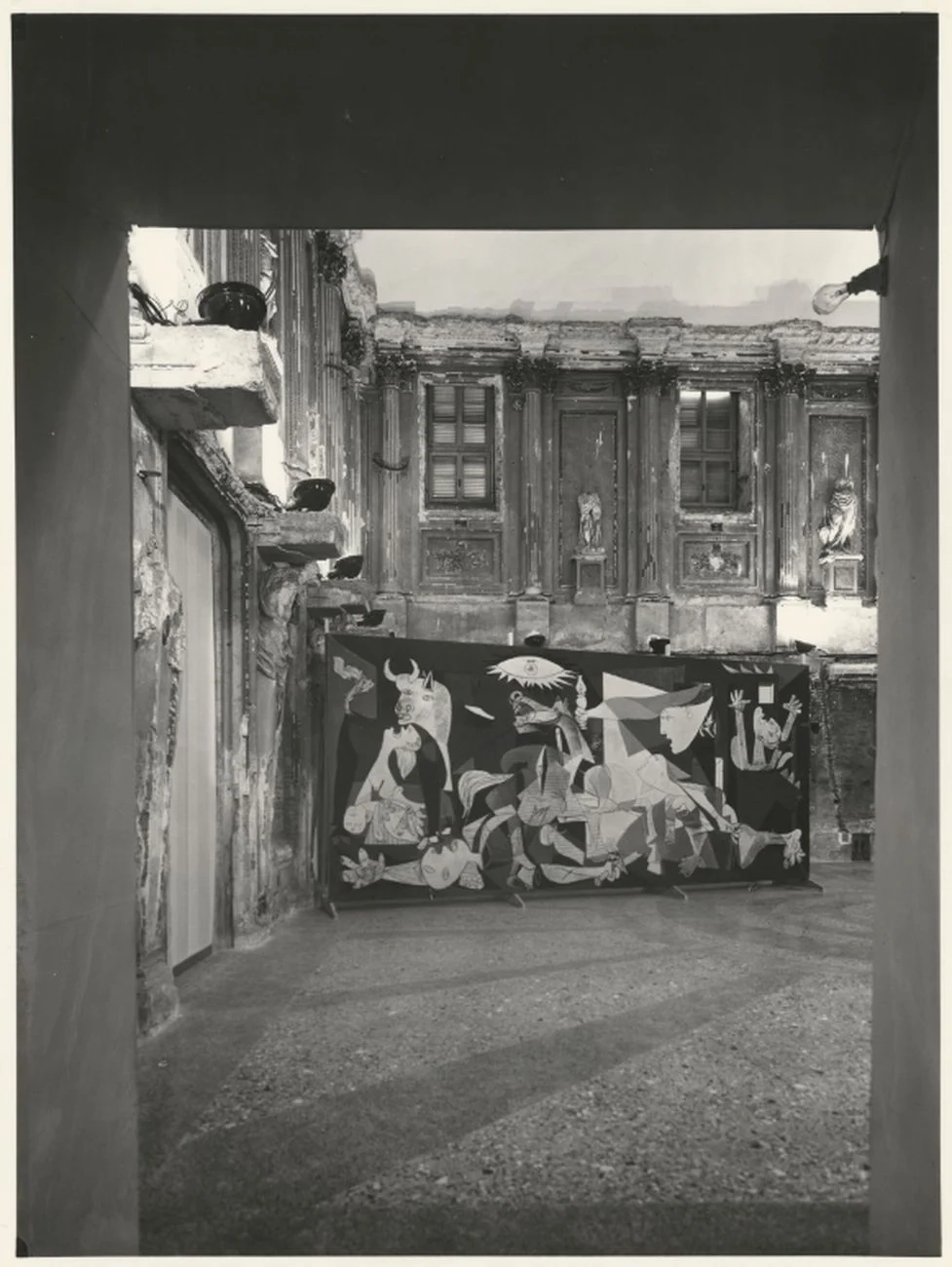
Fernanda Wittgens, the director of the Pinacoteca di Brera, decided to present Picasso’s Guernica painting in the Palazzo Reale which still bore the traces of the second world war bombing. A poignant example of the panoptical violence of that era detailed by W. G. Sebald in The Natural History of Destruction.
4. Acéphale by Georges Bataille, an esoteric and ritualized secret society, 1937
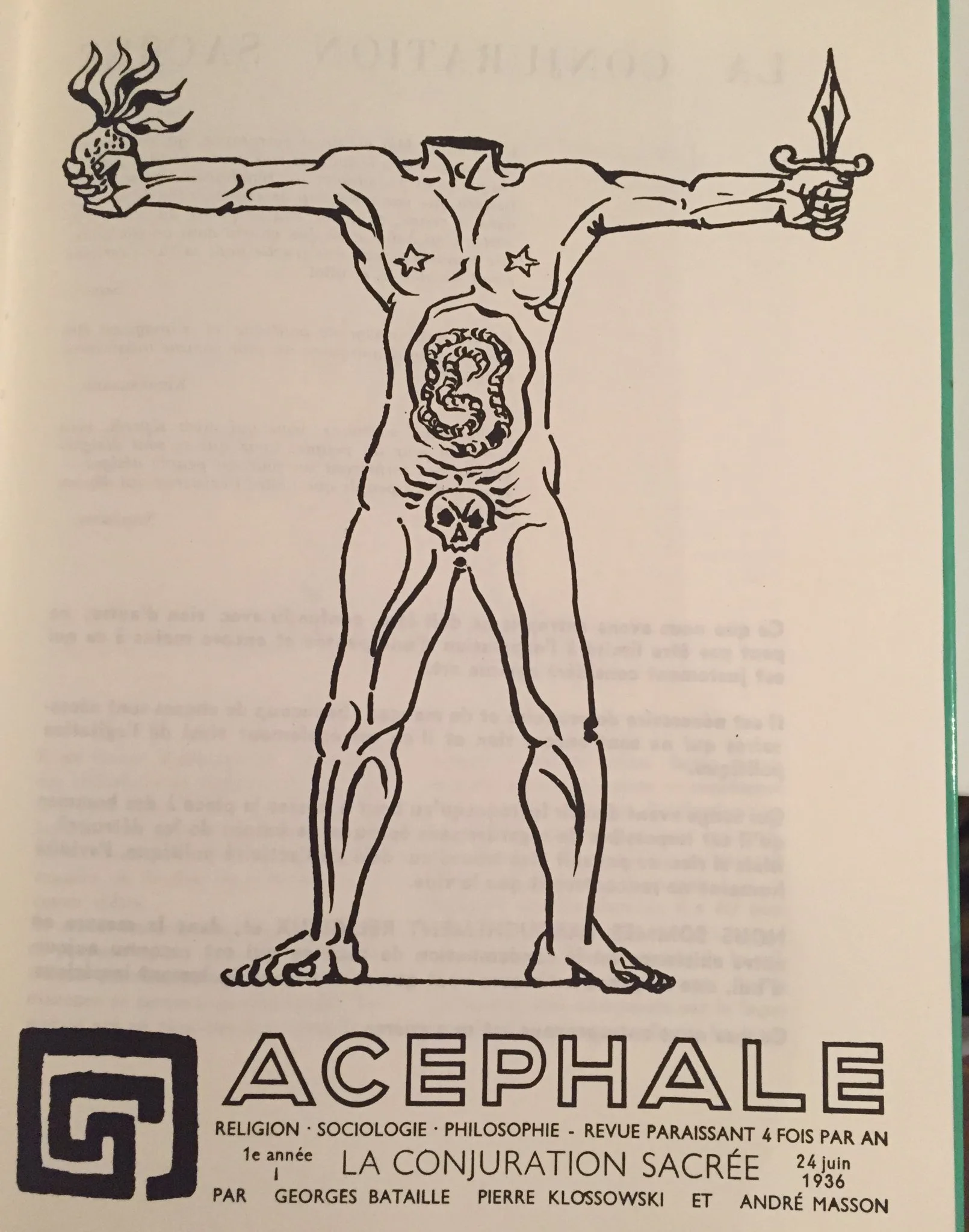
Fiercely religious, tragic, Orphic, Nietzschean, this secret society, which was the esoteric pendant of the magazine of the same name, invented multiple rituals that remain shrouded in mystery. Created in 1937 by Georges Bataille, this small gang involving Pierre Klossowski, Colette Peignot or Michel Leiris has devoted itself to (human) sacrifice, commemorations on the Place de la Concorde of the execution of Louis XVI, regular nocturnal visits to the Forêt de Marly, around a “lightning oak” for a sort sabbat of modern times.
5. Living With Pop, Gerhard Richter and Konrad Lueg, Artist as Furnitures, 1963
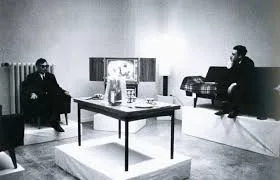
It is in a furnishing shop of Dusseldorf that Gerhard Richter and Konrad Lueg organized a demonstration for the Capitalist Realism movement with Living with Pop, a happening between Fluxus and Pop art. In the middle of various furniture, lifestyle magazines, Papier-mâché figures imitating JFK, Joseph Beuys costumes in a wardrobe, artists were exhibited themselves on armchairs reading a detective story or watching a television report about the resignation of Adenauer. Nothing is better than a display of delirious quotidian objects, commercial patterns, and public in line waiting to see artists as furniture.
6. Bond en Avant by Pierre Guyotat, Disfiguration and Theater, 1973
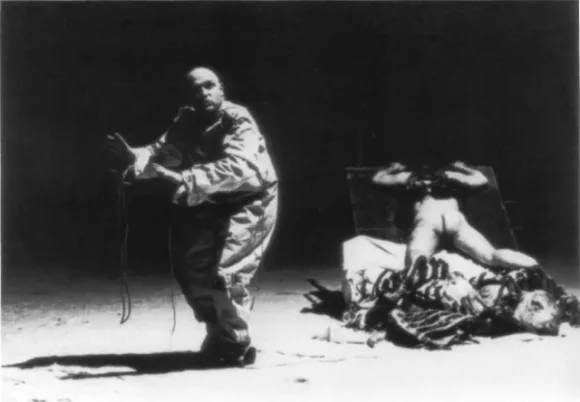
Bond en avant (1973) is the unique theater piece made by French writer Pierre Guyotat, the pope of disfiguration that emulates in his literature a new form of language borrowings from dialects, neologism and barbarism. Embarking the viewer into a violent and visceral experience, this post-dramatic piece that wanted to open a fourth wall has perforated, splintered, revulsed, triturated both text, orality,and spectator. In the middle of smells, odors, interjections, screams, mobiles and mirrors, the public was drawn into the heart of the obscene. Literally.
7. The Catacombs Sex Club on a specific night where French epistemology opened up to American Leather Body Hermeneutic
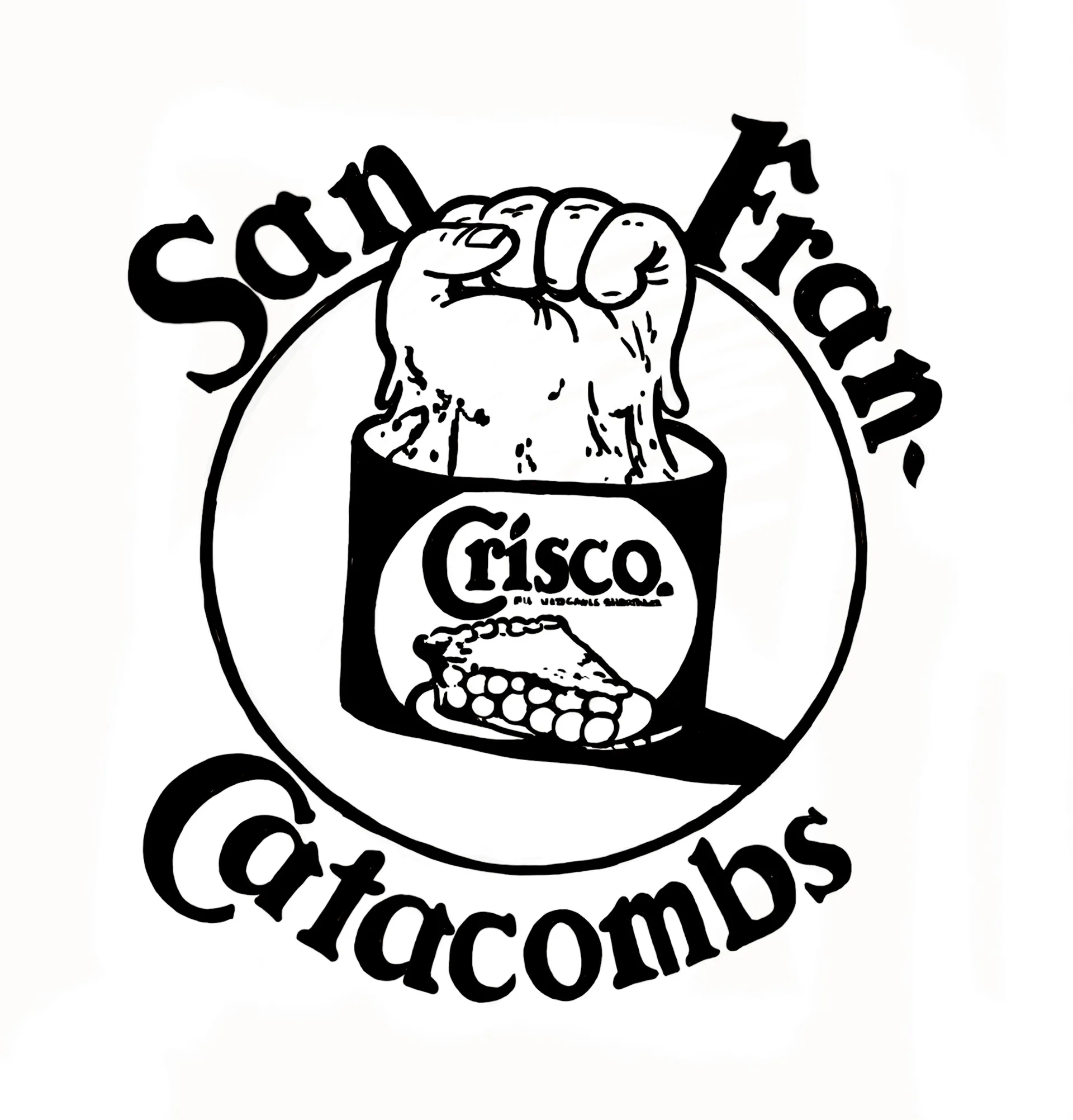
This evening in the 70’s when, Gayle Rubin dominated and fisted Michel Foucault in the infamous San Francisco sex club The Catacombs. He had an Anal Eureka that made him realize that “Power is exercised more than it is possessed.” We thank our friend Quentin Dubois for recounting this major historical moment.
8. CCRU, reading Kant and Leibniz on Amphetamines, 1995
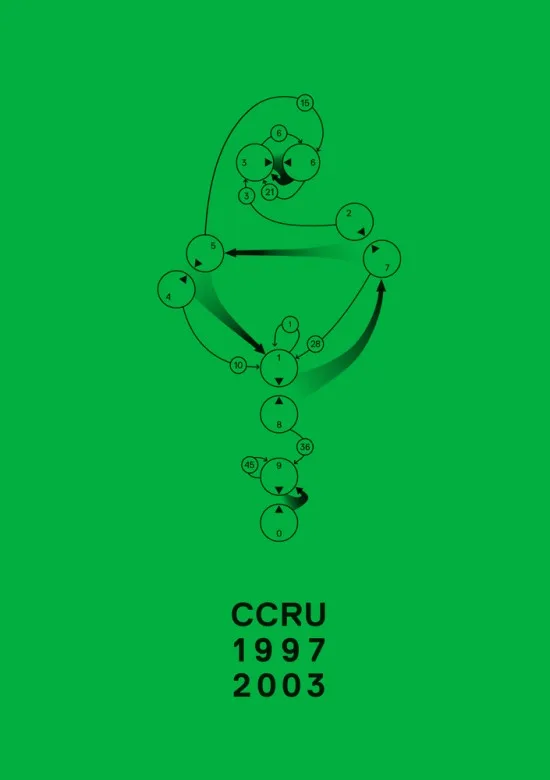
CCRU was an informal collective from 90’s UK that has raved digital mysticism, dub music, cybernetics, Burroughs circumvoluted fantasies, medical pills, numerology, Lovecraftian echoes with no rival. Created by Sadie Plant and the man whose name must not be pronounced, Nick Land, at the Philosophy Department of University of Warwick (Coventry), it also included personalities such as Matthew Fuller, Steve Goodman (Kode9), Kodwo Eshun, Mark Fisher, Orphan Drift and others. Between publications, EP, dead blog about neo esoterism, technoscience, obsession for glitch, eros of liquidities, monads and diagrams, they finally invited philosophy students to read Kant and Leibniz on amphetamines.
9. Cruelty Squad, video game by Ville Kallio, 2021
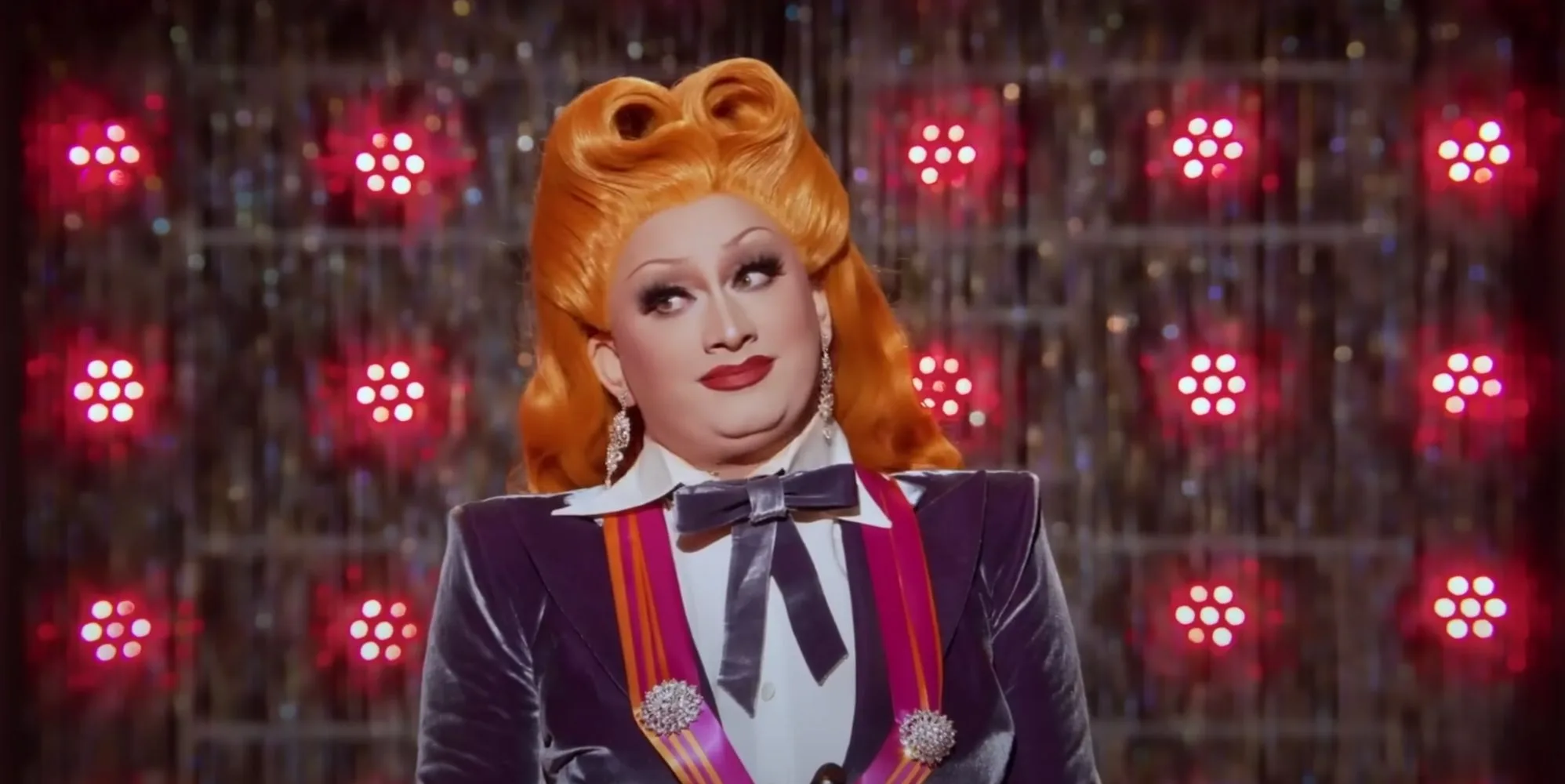
Cruelty Squad is an independent video game released in 2021 by the mysterious Ville Kallio. Inspired by theology’s darkest corner from Paul Virilio’s technological hell-scape to gnosticism’s most radical beliefs, this game is The Cabinet of Dr. Caligari of the 21th century in the era of crypto-libertarians exuberance.
10. Jinkx Monsoon’s performance in RuPaul Drag Race, All Stars season 7 in 2022.
The highest form of drag achieved by a human being.
Curated for the third year by Pierre-Alexandre Mateos and Charles Teyssou, Art Basel Conversations will feature nine debates on contemporary cultural discourse as part of Art Basel Paris. The Conversations program will take place from Thursday, October 17, to Saturday, October 19, at the Petit Palais, located in front of the Grand Palais. See the full programe information here.

